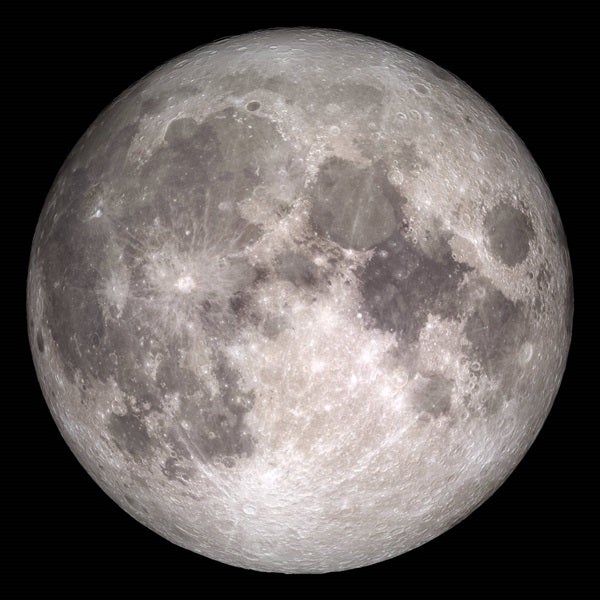
How often does a Blue Moon occur, and when will there be another?
Julie Miller-Kline
Omaha, Nebraska
What most people mean when they speak of a Blue Moon is the second Full Moon occurring in a single calendar month. This meaning, which dates back to 1946, grew out of a more complex tradition found in farmers’ almanacs in the 19th century.
Full Moons recur every 29.53 days, just enough for a full cycle to fit snugly within a calendar month every now and then. Blue Moons recur every 2.4 years on average, with about 41 typically occurring each century. The last Blue Moon occurred July 31, 2004, and the next two — on June 30, 2007, and December 31, 2009 — will finish out the decade. Blue Moons can occur twice in years when February, the shortest month, has no Full Moon. This next happens in 2018.
Time zones add an interesting complication. Astronomers calculate the instant of Full Moon using Universal Time (UT), a standard that is, for our purposes here, equivalent to Greenwich Mean Time. If you happen to live in a time zone far enough away from Greenwich, England, shifting the UT time of Full Moon to your local time may be enough to advance the date to the first day of the new month, which means it’s no longer a Blue Moon. Depending on your time zone, the Blue Moon of July 2004 occurred in either July or a month later, with the second Full Moon of August.
There are no real observational consequences — a Blue Moon doesn’t look blue, and the Moon appears essentially the same for many hours before or after it reaches Full phase. So, unless you really like this sort of thing, we suggest sticking to the UT times and dates and not really worrying about whether a Blue Moon is truly blue for you.
Francis Reddy
Associate Editor









